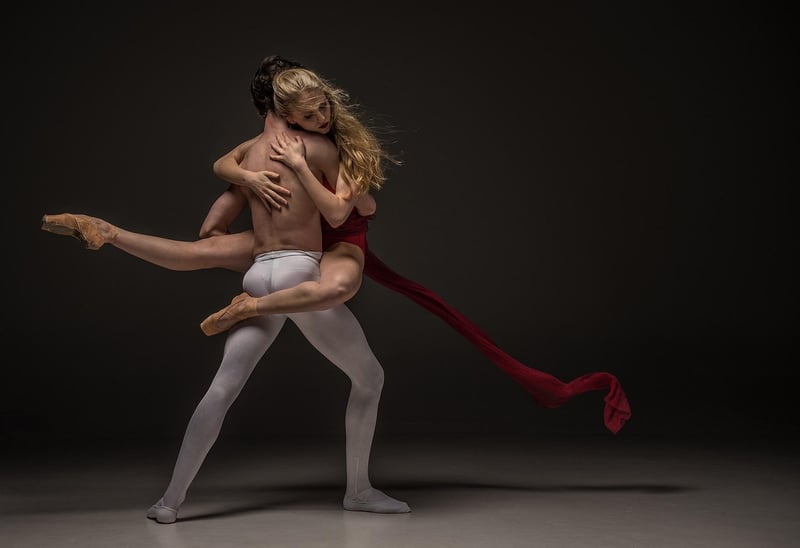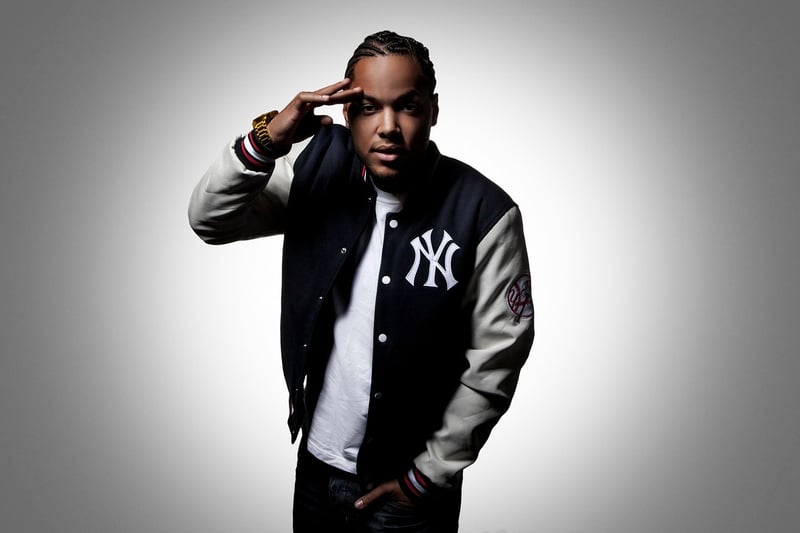Hip Hop
The Power of Expressive Movement in Hip Hop

When it comes to dance, Hip Hop stands out as a genre that thrives on expressive movement. From its origins in the streets of New York to global stages, Hip Hop dance has evolved into a powerful form of artistic expression that blends rhythm, style, and storytelling.
History and Roots
Hip Hop dance emerged in the 1970s as part of the larger Hip Hop culture, encompassing elements like graffiti art, DJing, MCing, and beatboxing. It was born from the creativity and struggles of marginalized communities, serving as a way to voice their experiences and emotions through movement.
Key Elements of Hip Hop Dance
- Breaking: Known for its acrobatic moves and floorwork, breaking is a fundamental style within Hip Hop dance.
- Popping: Popping involves contracting and relaxing muscles to create a sudden jerking effect, adding a dynamic element to performances.
- Locking: Originating from funk music, locking emphasizes sharp movements and poses to the beat.
- Freestyle: Freestyle allows dancers to improvise and showcase their unique style and personality.
Express Yourself
Expressive movement is at the core of Hip Hop dance. Dancers use their bodies to convey emotions, tell stories, and connect with their audience on a deeper level. Whether it's through intricate footwork, fluid body isolations, or powerful gestures, each movement in Hip Hop is a form of self-expression.
Impact and Evolution
Over the years, Hip Hop dance has transcended boundaries and influenced mainstream culture. Its raw energy, authenticity, and emphasis on individuality have inspired dancers worldwide to embrace their creativity and push the boundaries of movement.
So, the next time you witness a Hip Hop performance, pay attention to the expressive movements that captivate you. Behind each step, each gesture, lies a story waiting to be told through the universal language of dance.
Let the rhythm move you, and express yourself through the power of Hip Hop dance!
